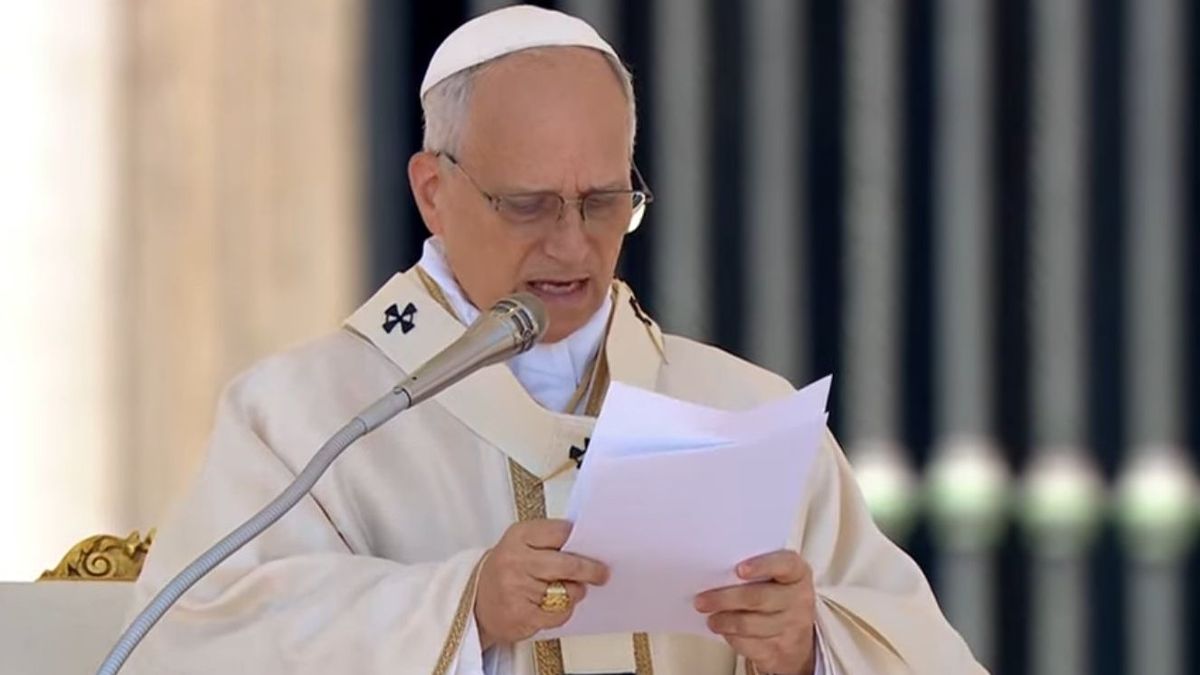To the reasons that encourage the previously mentioned strong demand for dollars, there is also a kind of distrust about the economic direction that the government is taking – some argue that there is no direction, directly – and also the absence of an agreement with the government. International Monetary Fund (IMF) that generates a kind of map to follow for after December. Without agreement with the International Monetary Fund, Argentina will have to pay between principal and interests, u $ s19,142 million.
With all these factors, the Central Bank seeks to “hold out” as long as possible with few tools. Net liquid reserves are a little more than US $ 5 billion according to economists’ estimates, with maturities that start to be monthly as of December.
The only relief available so far is the agricultural currencies that will arrive from December and a new disbursement of Special Drawing Rights (SDR) that will allow it to pay the IMF the maturity of US $ 1,892 million as of that same month. But he’s not the only one. In the first quarter of 2022, US $ 3976 million of the debt with the IMF, US $ 200 million with the Paris Club and debt in pesos adjusted by CER for US $ 7202 million. This amounts to US $ 11,378 million, an unpaid maturity and difficult to refinance.
The government seeks to negotiate against the clock. As advanced Martin Guzman This weekend in dialogue with Jorge Fonteveccia, the only alternative for the government is to reach an agreement before March since they do not have the physical dollars to face those maturities. But what scenarios does the market handle?
The first scenario would contemplate reaching an agreement with the International Monetary Fund before the end of December. The second possible is to reach an agreement in the first quarter of 2022 and finally, the most adverse, that the agreement with the Fund is reached in the autumn.
The first scenario
The economists consulted by Ambit They agree that the Central Bank has the fire power to reach December and meet the deadline for the IMF. “Net reserves are enough, enough to go until December, but afterwards they are already very tight. What generally happens when they are not enough is that they harden the stocks and thereby gain time. What can be seen is that after the elections there will be redefinitions in the exchange market because you arrive in December but March is very far away ”, said the economist of the Ledesma Consultancy, Gabriel Caamano.
In the same sense, the economist thinks Jorge Neyro: “The stability or the government’s ability to manage the official exchange rate is critically related to the speed it can put the agreement with the IMF, as the agreement continues to be postponed, the exchange rate is under a lot of pressure. The best scenario is for this to be signed before March ”.
Florence Gutierrez, an economist at the Center for Argentine Political Economy (CEPA) anticipates a greater outflow of reserves until the signing of the agreement with the Fund: “Taking into account that the first quarter of the year the BCRA is in a buying position due to a greater supply of agricultural currency, It should be possible to face the maturities of the first two months of the year without major complications, although the previous months could imply a strong outflow of reserves due to greater speculation in the financial sector due to the lack of resolution ”.
The second scenario
Economists agree that the outlook for the first quarter of the year is even more complex due to the magnitude of the maturities accumulated in those three months. In this context, the economist Jorge Neyro does not rule out a new restriction on the dollar: “The scenario taking into account the maturities of the IMF, with the Paris Club and the bonds restructured by Guzmán in January added to the normal flows of imports, travel abroad, payments of private debt is that you will continue to be very low in reserves and the maturities will have a strong impact on you “and he estimated:”Probably the reserves will reach but not to maintain the rate of devaluation, it will necessarily have to accelerate with a mix of greater restrictions on access to dollars that may eventually be adopted because the situation is not comfortable at all ”.
Third scenario (the least expected)
What happens if the government negotiates after March? According to the expiration schedule signed by the 2018 stand-by agreement, In April, US $ 731 million must be paid, in May another US $ 330 million, in June one of the highest amounts will reach US $ 2873 million. Despite the fact that in April dollars from the harvest begin to enter, Argentina could once again maintain a situation of tension: “In autumn the outlook is different and much more complex due to the level of uncertainty and the fact of having to sit down to restructure. It would imply a climate of great tension on the exchange rate and therefore on the reserves ”, explained Florencia Gutiérrez.
“Starting in April, dollars will start to come in, but this year we already saw that you can have a trade surplus and they can fall on the other hand, there is no anchoring of expectations. The demand for foreign exchange consumes everything, whether for importing or for hedging ”, Jorge Neyro concluded.
Source From: Ambito
David William is a talented author who has made a name for himself in the world of writing. He is a professional author who writes on a wide range of topics, from general interest to opinion news. David is currently working as a writer at 24 hours worlds where he brings his unique perspective and in-depth research to his articles, making them both informative and engaging.




